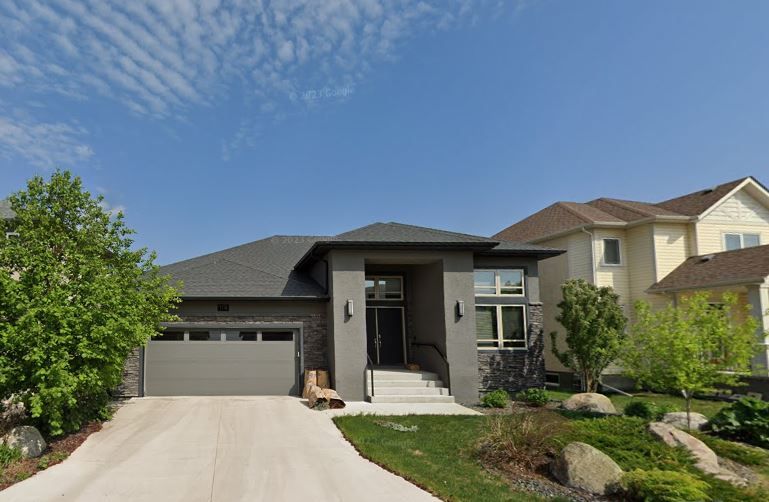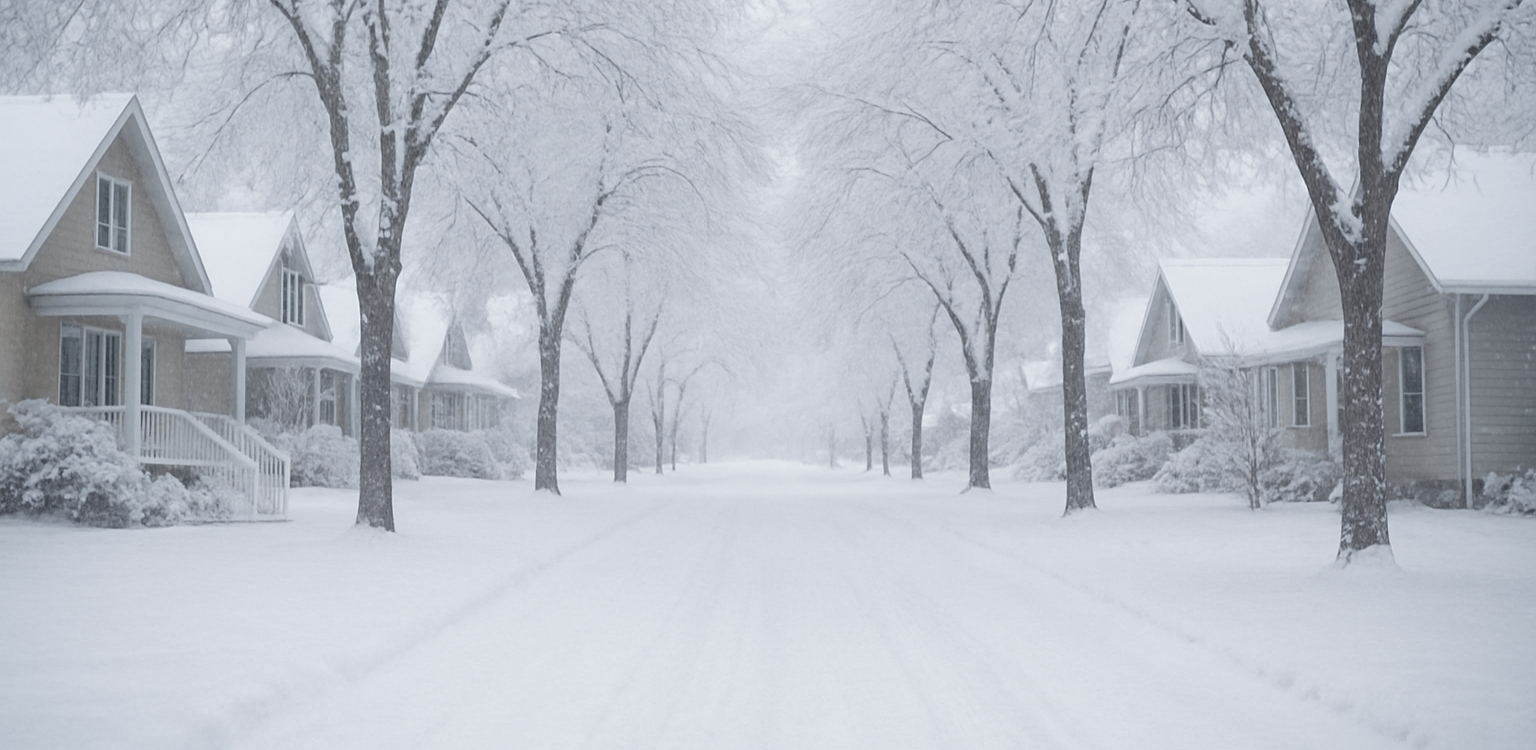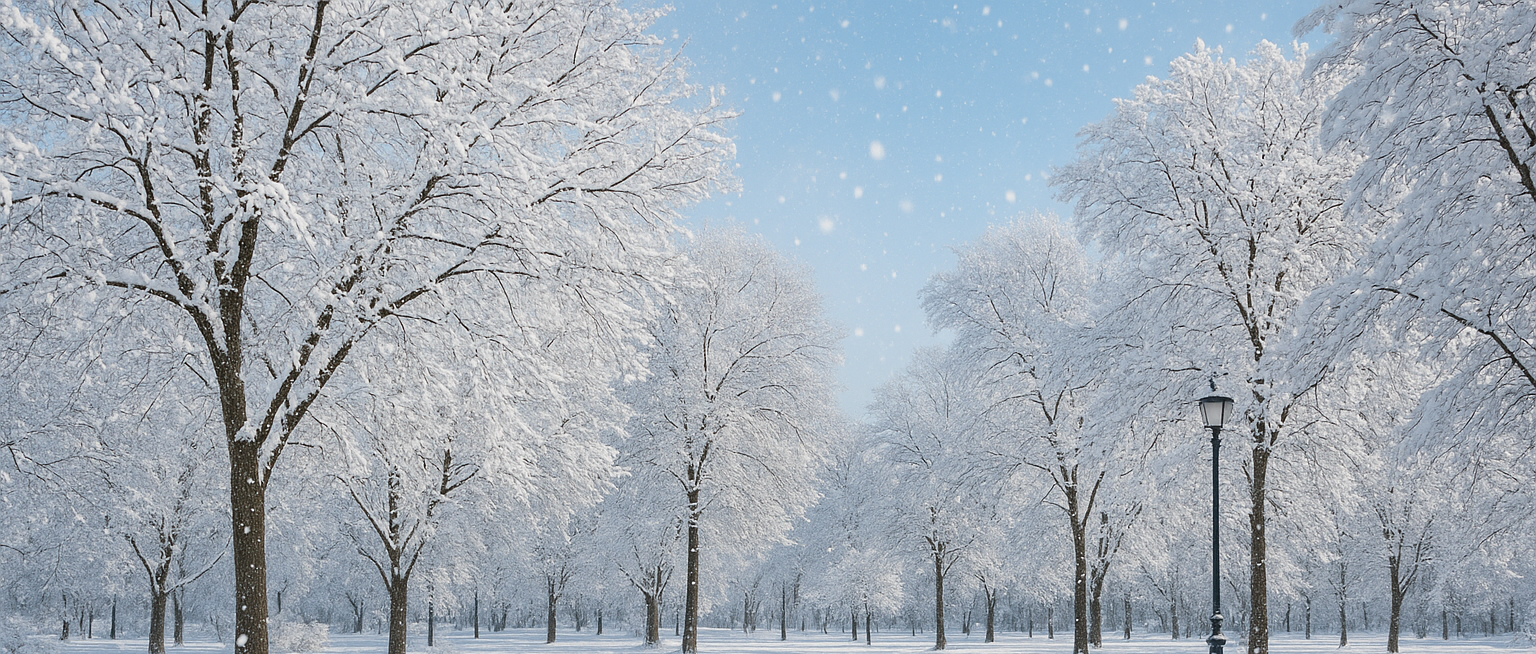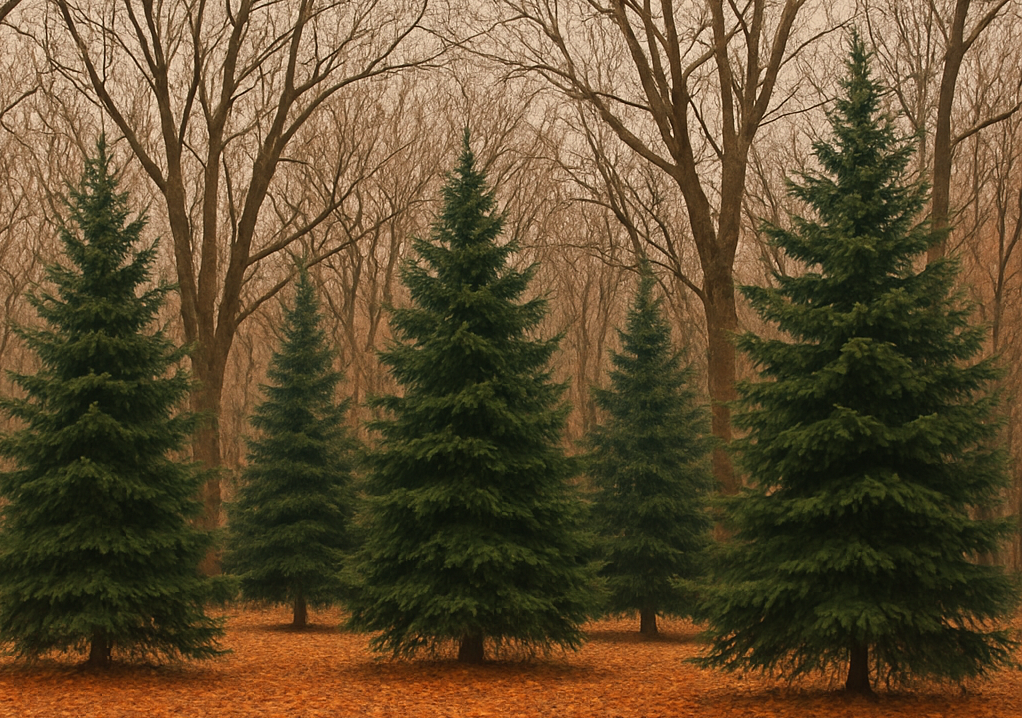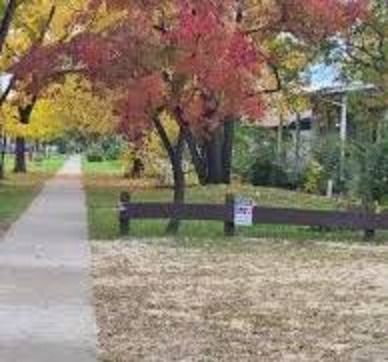Tree Care Tips for New Homeowners: A Beginner’s Guide to Maintaining Trees
Trevor Soltys & Paul Kasper
Becoming a homeowner often comes with a flurry of firsts: first lawn mow, first paint touch-up, first time wondering what in the world that switch in the hallway does. But if your new property includes trees, you’ve also inherited a living, growing legacy. Trees not only boost curb appeal and property value but also provide shade, reduce energy costs, and serve as homes for wildlife. That said, they thrive on care — especially in those early years of homeownership when you're still learning the ropes.
Here’s a beginner-friendly guide to keeping your trees healthy, happy, and standing tall for decades to come.
1. Get to Know Your Trees
Start by identifying the trees on your property. Each species has its own quirks — from soil preferences and sunlight needs to growth habits and susceptibility to pests. Apps like LeafSnap or PictureThis can help, or consider inviting a local arborist for a quick walkthrough. Knowing what you’re working with is step one toward tailored care.
2. Watering Wisely
Many people assume mature trees don’t need extra watering, but during dry spells or droughts, even the hardiest trees can get thirsty. A good rule of thumb: trees need about 10 gallons of water per inch of trunk diameter each week. New trees especially should be watered deeply at the base, encouraging roots to grow down and out rather than staying shallow.
3. Mulch Like a Pro
Mulching is one of the easiest ways to protect your tree’s roots, retain moisture, and prevent weeds — but it’s often done incorrectly. Avoid the “mulch volcano” (piling mulch high around the trunk) which can lead to rot. Instead, apply a 2–4 inch layer in a wide circle around the base, keeping it a few inches away from the trunk.
4. Prune with Purpose
Pruning helps shape trees, remove dead or diseased limbs, and improve airflow, but it should be done with care. Late winter or early spring is ideal for most species, before new growth begins. Start small: remove any damaged, crossing, or rubbing branches. For anything requiring a ladder or a chainsaw, it’s best to call in a pro.
5. Keep an Eye Out for Trouble
Regularly inspect your trees for signs of distress like yellowing leaves, dead branches, mushrooms at the base (a possible sign of root rot), or odd bumps or insect activity. Catching issues early makes treatment easier and more effective. Again, a certified arborist can be a great ally here.
6. Give Trees Their Space
Be mindful of nearby construction, lawn equipment, or even overzealous gardening. Tree roots extend far beyond the visible canopy and can be damaged by compacted soil or careless digging. When planting new trees, give them room to grow — both above and below ground.
Trees are a long game. They ask for patience and consistency, but the payoff is a home shaded by beauty, character, and living history. With a little guidance, your yard can become a haven not just for you, but for generations of songbirds, squirrels, and future homeowners to come.
